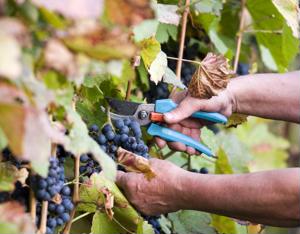Strategic Sourceror on Thursday, January 9, 2014, Strategicsourceror.com
Carefully managing the cost of direct materials is essential in such a climate – but it’s vital for businesses in the food industry to take a wider look at expenditures.
Rethinking risk in the food supply chain
Sources of indirect spend can create budgetary problems as well. Supplier disruptions and halts in the distribution chain are among the most common drivers of unplanned revenue loss. In an interview with Supply Management Magazine, catering provider WSH’s Procurement and Supply Chain Director Andy Milner discussed the need for visibility in sources of risk across company operations.
“We need the systems in place to mitigate any risk in our supply chain and that means working closely with suppliers to understand what drives their risk,” Milner told the news source.
Innovations promise to help make companies’ risk management efforts more effective. According to Farming Life, the Northern Ireland Grain Trade Association and Queen’s University recently announced a partnership called Food Fortress, which hopes to introduce a new, more effective testing system that can detect contaminants and prevent them from entering the highly interconnected food supply.
“This new testing is leading-edge and by protecting the supply chain, we’re protecting the consumer. This is the first time such a high level of testing has been done and will undoubtedly be replicated elsewhere in the world,” said NIGTA Vice President Alan Johnston, according to the news source.
Looking ahead, initiatives that combine risk management and cost reduction with sustainable sourcing may prove particularly beneficial to the food sector.


